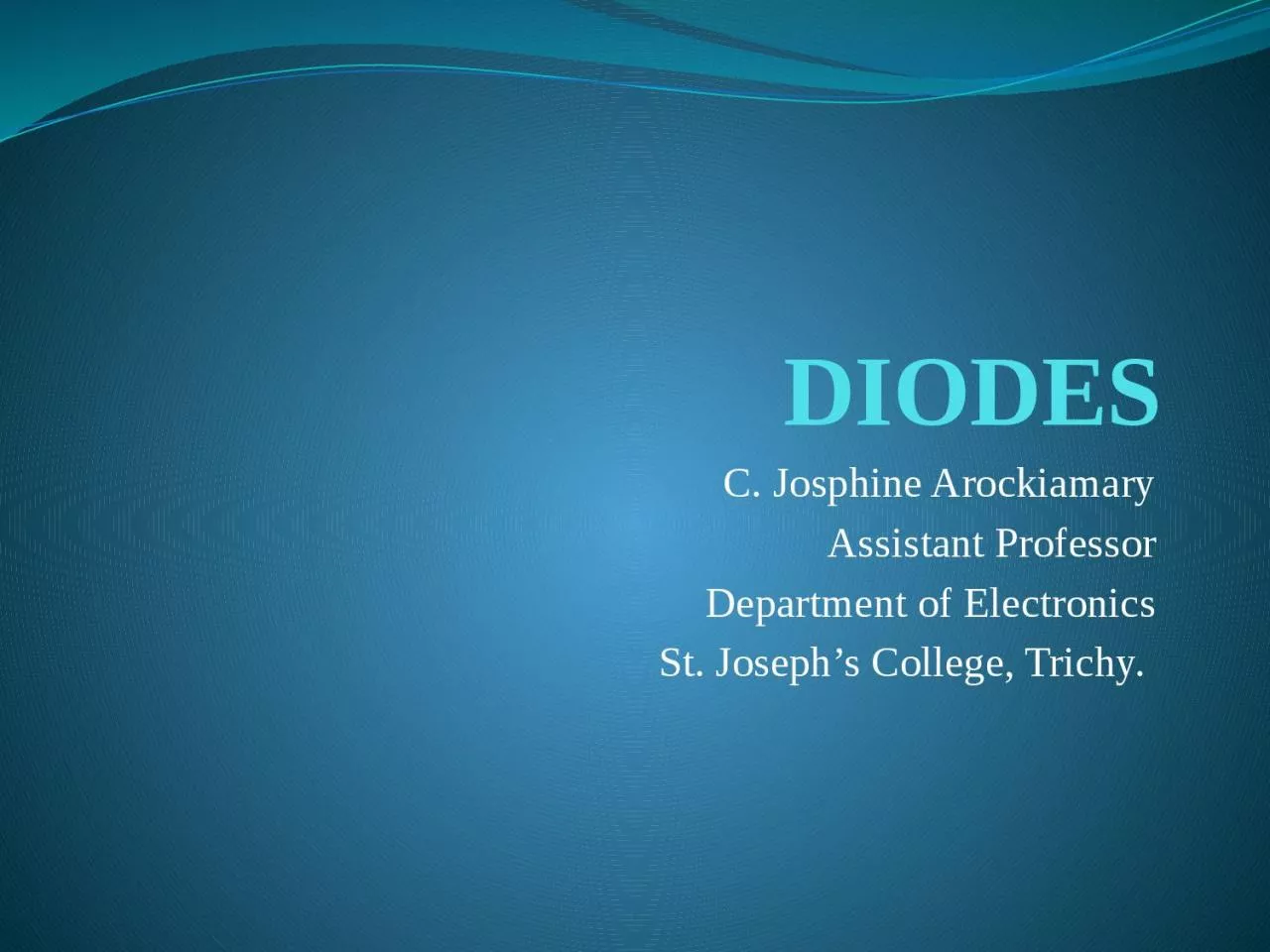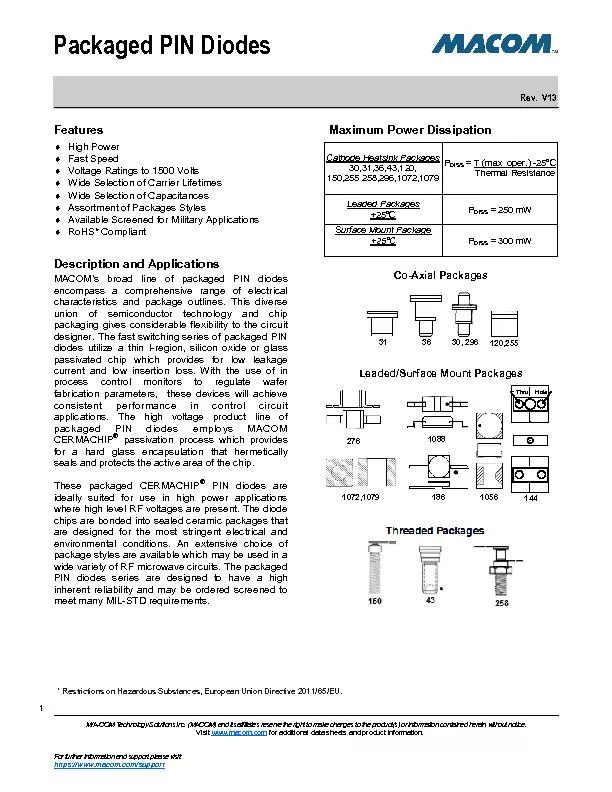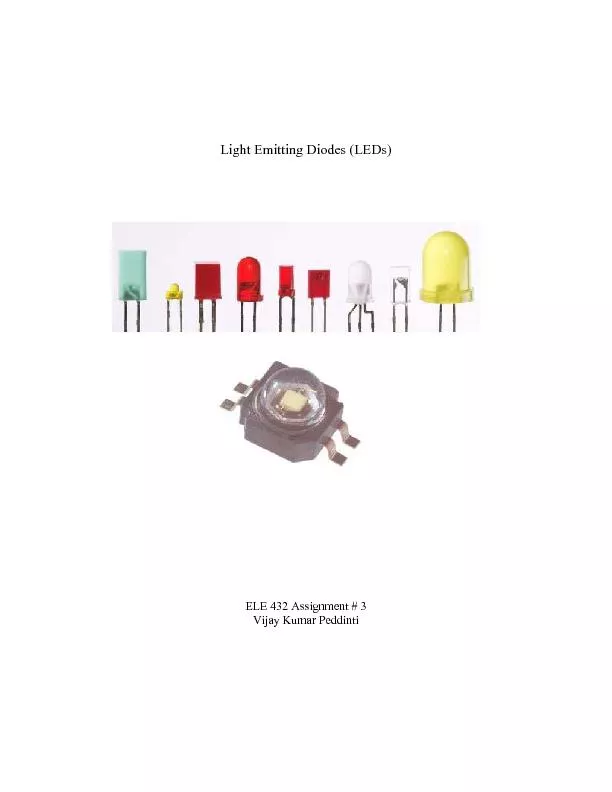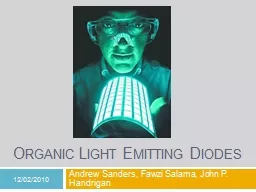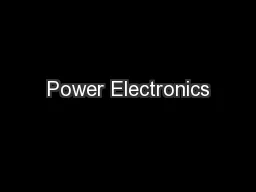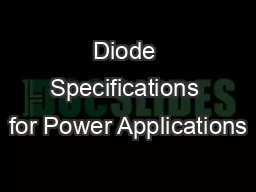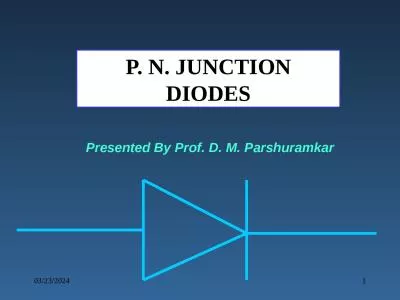PPT-DIODES C. Josphine Arockiamary
Author : CityBoy | Published Date : 2022-08-03
Assistant Professor Department of Electronics St Josephs College Trichy What Are Diodes Made Out Of Silicon Si and Germanium Ge are the two most common single
Presentation Embed Code
Download Presentation
Download Presentation The PPT/PDF document "DIODES C. Josphine Arockiamary" is the property of its rightful owner. Permission is granted to download and print the materials on this website for personal, non-commercial use only, and to display it on your personal computer provided you do not modify the materials and that you retain all copyright notices contained in the materials. By downloading content from our website, you accept the terms of this agreement.
DIODES C. Josphine Arockiamary: Transcript
Download Rules Of Document
"DIODES C. Josphine Arockiamary"The content belongs to its owner. You may download and print it for personal use, without modification, and keep all copyright notices. By downloading, you agree to these terms.
Related Documents

